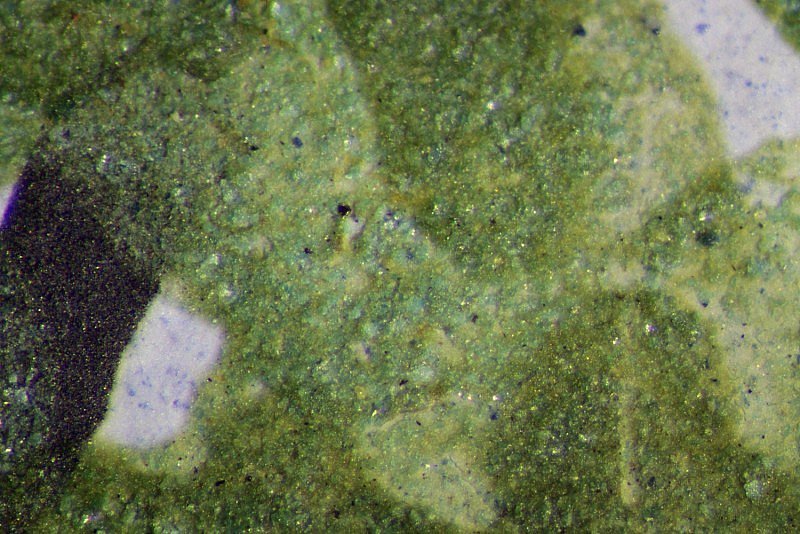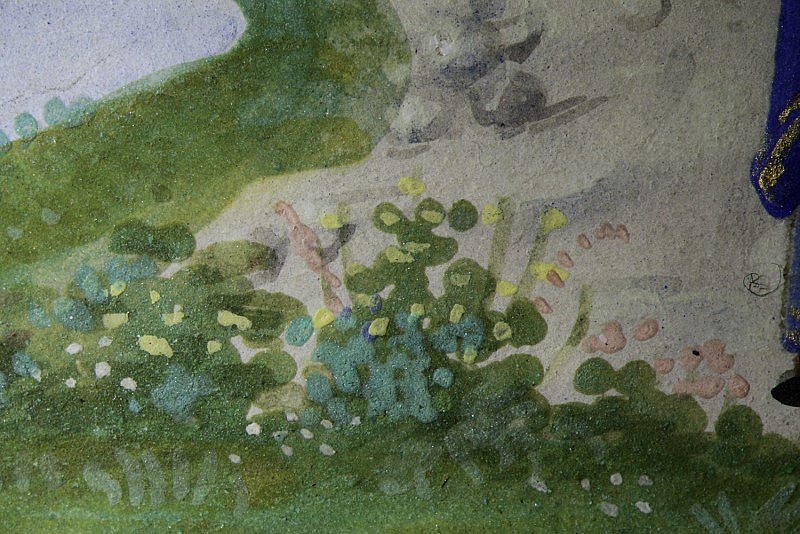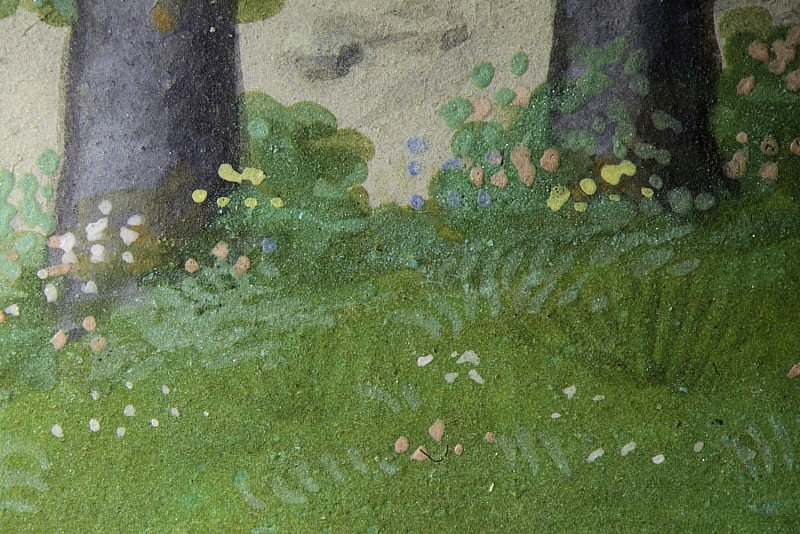Simon Bening
Artists
Born in Ghent, Simon Bening learned his craft from his father, the painter Alexander Bening. In 1500, Simon Bening moved to Bruges where he built a highly successful career. A versatile artist, Bening painted portable altarpieces on parchment as well as oil paintings on wooden panels. He was especially admired for his subtle use of light, colour and texture to create atmospheric landscapes and charming interiors. By extending the miniatures into the borders, and including subsidiary scenes, he added to the conceptual and visual complexity of the images. Enclosed within illusionistic picture frames, the miniatures function as small devotional panels. These leaves demonstrate Bening’s facility with pictorial narrative and illusionism as well as his creative adaptation of a wide range of models by the leading illuminators, painters and printmakers of the preceding generation, including the Vienna Master of Mary of Burgundy, Jan van Eyck, Gerard David, Martin Schongauer and Albrecht Dürer.



Annunciation
In this image, the interplay of light and colour is pivotal to the illusionistic treatment of space, volume and texture. The single source of light illuminating both the scene and the frame from the top left is visible in the highlights on Gabriel’s white tunic and richly textured, pearl-trimmed gold cloak, and on Mary’s face, hands and blue robes, all of which contrast with the strongly shaded dark areas of the background. Even the black marble columns and the metal clasps on Mary’s book catch the light. Divine light is also present in the shell gold rays streaming from the dove of the Holy Spirit. Bening is particularly interested in reflection: we see the sky, tree trunk and grass mirrored in the pond of the Annunciation’s border.
The border shows Bening’s ability to adapt motifs and pictorial strategies developed by his predecessors. Tiny figures that draw the observer’s eye into the background – in this case, Elizabeth coming out to meet her cousin Mary – were one of the hallmarks of the influential Netherlandish painter Jan van Eyck (c. 1380-1441), who incorporated them into his panel paintings to enhance the sense of depth.